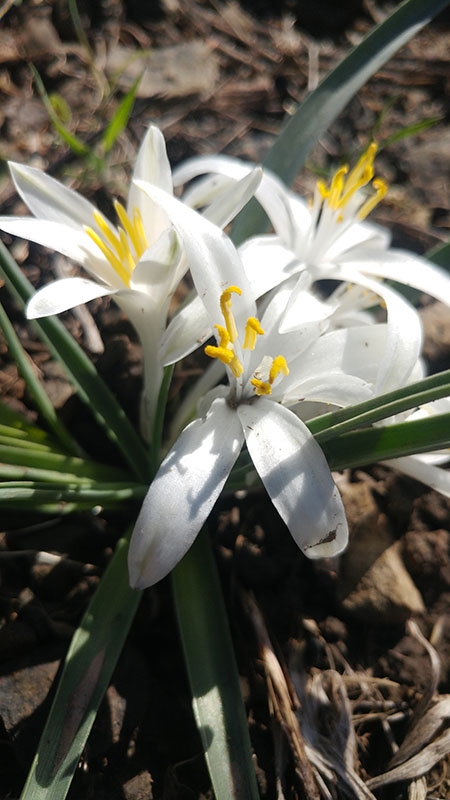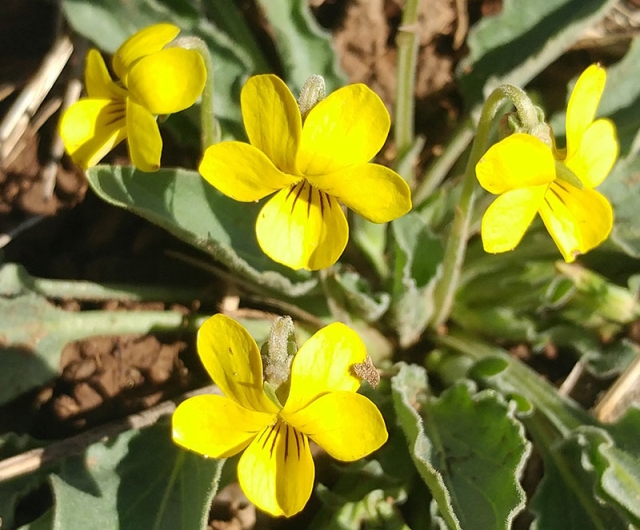Wildfire
Nature’s stage is (re)set: How might plant communities respond to disturbance by wildfire?
In ecology, the word disturbance has a specific meaning. While our everyday use suggests a disruption to a desired, peaceful state, ecological disturbances represent a change to the landscape that alters resource availability and, as a result, patterns of biodiversity. Pulsed and dramatic disturbances such as fire cause obvious changes to the physical environment and resources. Fire opens space by clearing vegetation and plant litter, increases light availability and can prime the soil bed with nutrients. With such pronounced environmental change, it is easy to see that a new stage has been set. What is harder to know is which actors will arrive to shape the post-fire scene.
Plant community response to fire is complex because the characteristics of the disturbance – in this case the size, intensity, and return interval of the fire – interact with propagule availability, or the pool of species that can potentially recruit post-fire. While there are many actors waiting in the wings, only some will play a lead role in the post-fire landscape, recruiting abundantly and having large attendant effects on ecological processes such as soil erosion and water infiltration. Still, even plant species with bit parts have their place, as it is these uncommon species, sprinkled judiciously but often vividly across the land, that contribute disproportionately to biodiversity. In grassland and shrubland ecosystems along Colorado’s Front Range, forbs (herbaceous plants with showy flowers) largely contribute to biodiversity, provide ecosystem services like food for pollinators, and nitrogen fixation for the soil.
Given the importance of understanding plant community response to fire in a changing world, researchers from the Gardens are partnering with Boulder County Parks & Open Space to work on the 10,000-acre CalWood Fire that burned in 2020. We are asking how fire interacts with previous treatment to remove cheatgrass, an introduced annual grass that can become so abundant that it reduces native propagule availability, potentially affecting how plant communities re-assemble following fire.

Leucocrinum montanum (sand lily) growing in area burned by the 2020 CalWood Fire.

Viola nuttallii (Nuttall’s violet) growing in area burned by the 2020 CalWood Fire.

Scorched bunchgrass and bleached Opuntia (prickly pear) cactus.
Add new comment